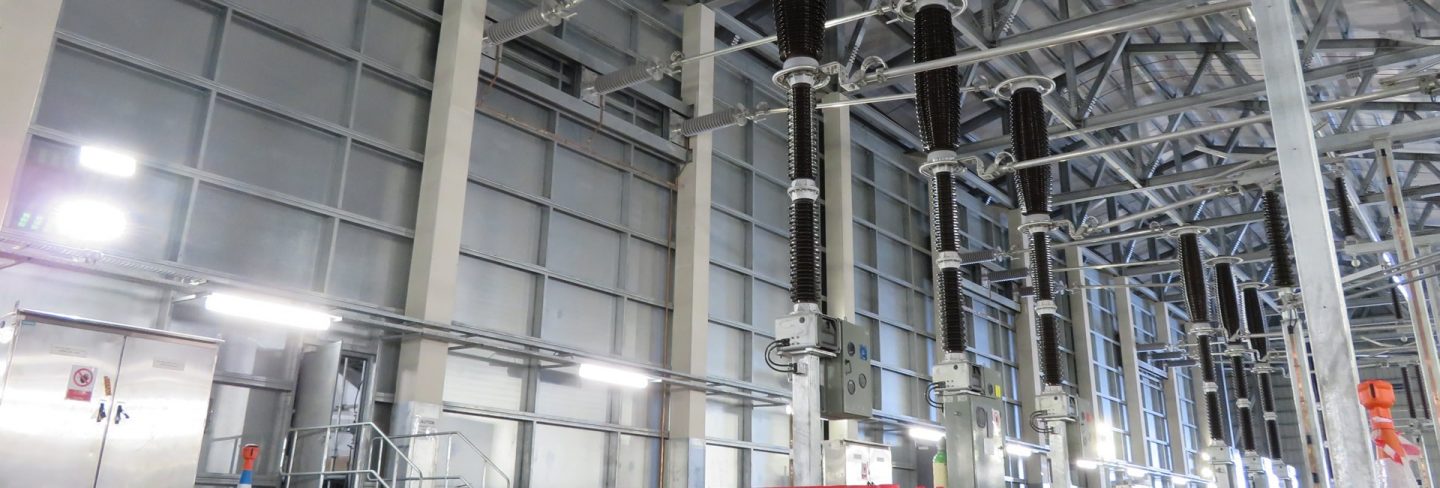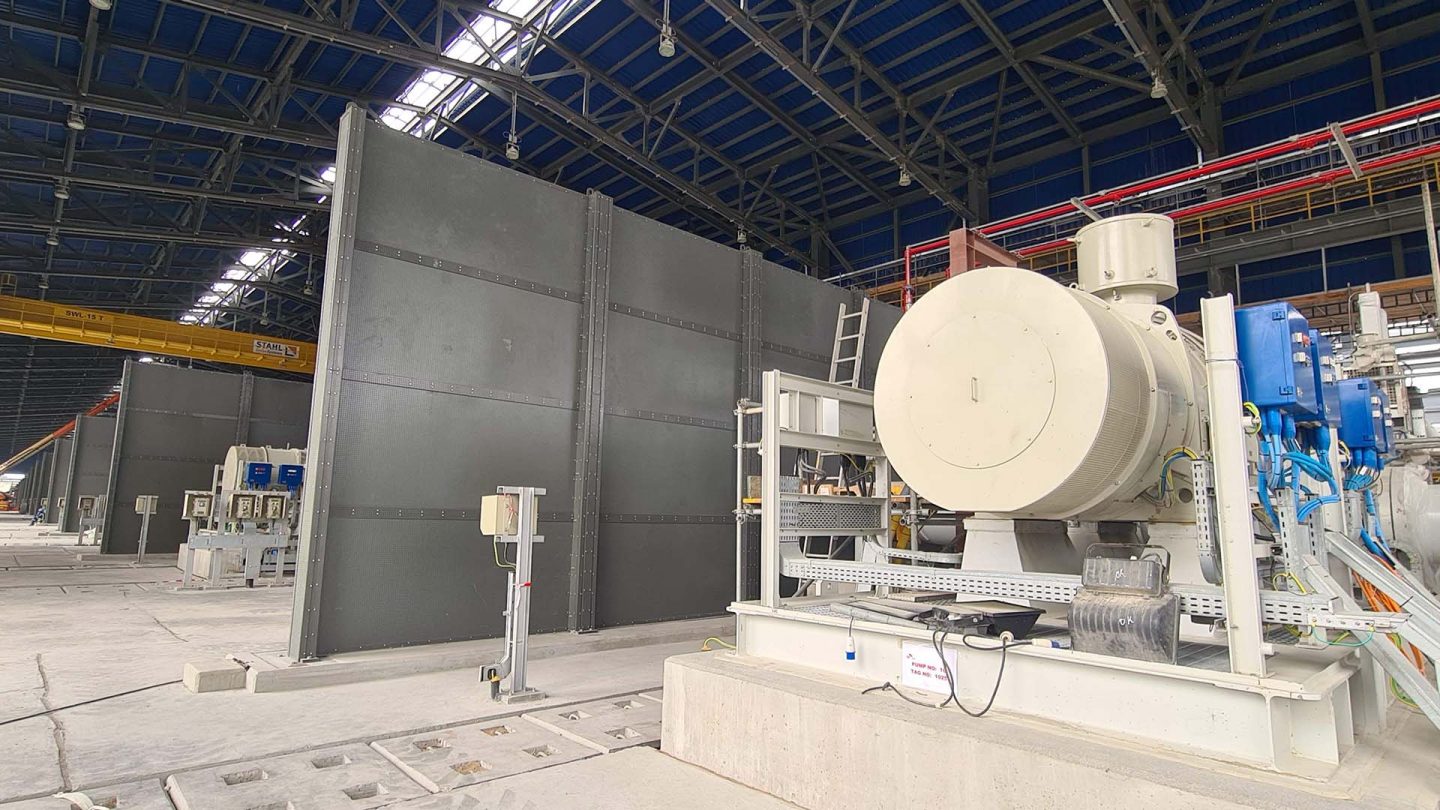For your information
You are being redirected to one of our divisional subsites which contains more detailed information on the required division. To navigate back to the main Invicta Group site, please click the link found in the footer at the bottom of the page.
- Durasteel
Discover the benefits of Durasteel
- Systems
Systems
- Expertise
Expertise
-
Applications
- Aircraft Hangar Fire Protection
- Battery Storage Facilities
- Building Fire Compartmentation
- Anti-Terrorist Blast Protection
- Cable Tunnel Fire Compartmentation
- Equipment Delivery Hatches
- Equipment Enclosures
- Heat Shields
- Power Station Fire Protection
- Metro and Rail Fire Protection
- High Voltage Cable Protection
- Substation Fire & Blast Protection
- Tunnel Fire Protection
- Oil & Gas Fire & Blast Protection
- Ventilation Systems
- Wind Farm Fire Protection
-
Applications
- Projects
- Insights
Insights
-
Articles
- The benefits of passive fire protection for businesses
- What BS 9991 changes mean for building fire safety
- Does the rise in electric vehicle fires pose a risk to buildings?
- What Boeing’s downfall says about safety culture
- Does AI pose a threat to fire safety?
- What we can learn from the Grenfell report
- Frequently Asked Questions
- A to Z of Terms
-
Articles
- Contact
Contact

UK +44 1843 220 256

US +1 305 328 9444

UAE +971 4 277 6225

Qatar +974 4441 4340

India +91 79945 14049

Malaysia +60 16 286 6225
- Start your project
Is the value of fire doors still underappreciated?
8th October 2025
Quick Quote
Contact Fraser Shearer Sarun Vysakham Ben Tan Anand Raghavan Anand Raghavan Our USA Office
To get a quotation or arrange a free site survey - Call Fraser Shearer Sarun Vysakham Ben Tan Anand Raghavan Anand Raghavan Our USA Office on
-
 UK
UK
-
 UAE
UAE
-
 Malaysia
Malaysia
-
 India
India
-
 Qatar
Qatar
-
 USA
USA
Current location:
Quick Quote
Contact Fraser Shearer Sarun Vysakham Ben Tan Anand Raghavan Anand Raghavan Our USA Office
-
 UK
UK
-
 UAE
UAE
-
 Malaysia
Malaysia
-
 India
India
-
 Qatar
Qatar
-
 USA
USA
Current location:
Fire safety is a non-negotiable aspect of building design, maintenance, and operation, even more so since the introduction of the Golden Thread for construction safety. Among the various fire protection measures available when designing a building, one of the most critical for fire safety—and yet seemingly underappreciated—is the humble fire door.
While fire doors are often seen by occupants or building managers as a fairly direct and isolated form of fire protection, their role in mitigating the spread of fire throughout a building can be overlooked. As the cases below demonstrate, they too often end up poorly maintained or misused—lapses that have proved throughout history to have devastating consequences for both properties and lives.
Understanding fire doors
The immediate benefits of a fire door are obvious. Designed to resist the spread of fire and smoke, fire doors allow for rooms and corridors to be compartmentalised, preventing the spread of fire and smoke from one space to another. Unlike standard doors, fire doors are rigorously tested to meet stringent fire resistance standards, such as BS 476 and EN 1634 in the UK. These doors are classified by their ability to withstand fire for a specific duration. The most common are FD30 (30 minutes) or FD60 (60 minutes), but fire doors can be specified to resist fire from one or both directions for as much as 240 minutes.
The proven capacity for fire doors to protect building occupants, provide safe evacuation routes, and shield critical areas of a building is enshrined in UK legislation. Perhaps the centrepieces of modern UK fire law as it applies to buildings are the Regulatory Reform (Fire Safety) Order 2005, and the Building Regulations Approved Document B. The Regulatory Reform (Fire Safety) Order requires building owners and managers to implement adequate fire safety measures, including the installation and maintenance of fire doors, while Approved Document B provides more specific guidance on fire door requirements.
Lessons from tragedy
The story of fire door implementation in the UK goes back many decades, with the first British Standard for wooden fire doors being introduced in 1951. This followed a number of innovations in fire doors, the most prominent perhaps being the invention of the panic bar in 1908. However, the actual quality and construction of fire doors varied until the imposition of improved building standards in the 1960s and 1970s, with many doors prior to this being of questionable quality or consistency, and many involving the heavy use of asbestos.
The slightly piecemeal adoption and application of fire doors as part of building fire safety is perhaps reflected in the attitudes towards them. While most people recognise the fundamental role and importance of fire doors, their ability to stop the spread of fire and smoke is often undermined. Many cases exist of fire doors being poorly installed or maintained, or regularly propped open in a way that completely nullifies their ability to stop fires. Nowhere was this more starkly evident than the case of the Grenfell Tower fire.
The tragedy in 2017 highlighted the catastrophic consequences of neglecting a range of fire safety measures, prominently including fire doors. Subsequent investigations—as well as the prior testimony of many residents—revealed that many fire doors in the building failed to perform as intended, some offering as little as 15 minutes of fire resistance instead of the required 30 minutes. Poor maintenance, non-compliance with standards, and inadequate enforcement were all identified as key issues by the two-part inquiry into the disaster.
Sadly, Grenfell is not the only example of negligent fire door maintenance. In 2009, the Lakanal House fire in South London claimed six lives, with investigators citing non-compliant fire doors as a major factor that allowed fire and smoke to spread rapidly through the building. Similarly, the 2010 Shirley Towers fire in Southampton, where two firefighters lost their lives, showed that the absence of effective fire doors in areas of the building significantly hindered both the containment and evacuation efforts.
How fire doors are undermined
Despite their importance, fire doors are often treated casually. This takes two forms: a lack of proper oversight and implementation of fire doors into fire safety management; and a lack of communication with building occupants about the importance of fire doors. In the former case, this isn’t always because the importance of fire doors isn’t fully appreciated, but can simply be because they are seen as a static, unyielding form of fire protection. A huge slab of wood or steel might be deemed to be in good condition simply because it looks resilient enough to withstand gradual damage.
Unfortunately, the ability of fire doors to protect against fires can be compromised by even seemingly minor damage or degradation. Faulty seals, broken hinges, damaged frames, electrical issues, and problems with opening or closing mechanisms can all compromise a fire door’s effectiveness in the event of a fire. This is often the result of a lack of regular inspections, which lead to everyday wear and tear going undetected.
This general lack of care over fire door maintenance from responsible persons often then bleeds into how building occupants use and take care of fire doors. Doors may commonly be wedged open for convenience, nullifying their ability to contain fire and smoke. In other cases, the route to a fire door may be obstructed, with the area being used for general storage, such as office furniture in an office environment, or bikes being stored in the corridors or stairwells of a block of flats. All of these factors break a critical link in the chain of passive fire protection within a building.
The value of fire doors
It will be no surprise to hear us extolling the virtues of passive fire protection, but it remains the bedrock of effective building fire safety. As many innovations as have been made in active fire protection, early warnings and sprinklers can only go so far. When a fire takes root, passive fire protection measures such as fire doors are the backbone of a building’s fire safety framework, supporting other fire protection measures to ensure a positive outcome.
One important aspect is fire compartmentation. By creating roadblocks at regular intervals between the point of ignition and the rest of a building, numerous and well-maintained fire doors play a critical role in limiting the spread of fire, and particularly channeling it away from critical areas, such as evacuation routes or areas where hazardous and flammable materials may be stored.This not only helps to buy time for an effective evacuation, but also supports firefighting efforts, and reduces the chance of catastrophic structural damage.
Fire doors can also play an outsized role in smoke control. While dedicated ventilation systems are often employed to prevent the accumulation of smoke in common areas, fire doors also help to prevent toxic smoke from permeating throughout a building, something that is often the leading cause of fire-related fatalities. This is especially important for escape routes, something which had tragic consequences in the Grenfell disaster, where toxic smoke filled the corridors and single stairwell, and made escape almost impossible after the fire had progressed.
Durasteel fire doors
Fire doors for purpose-built flats in the UK must meet at least the FD30 standard, providing 30 minutes of fire protection for those inside. In combination with other fire protection measures, this is designed to protect occupants while they shelter in place, with emergency services attending to the fire and evacuating people only when necessary. However, the Grenfell Tower disaster showed that serious gaps in other aspects of building fire safety can compromise this approach, and make the integrity of fire doors even more critical.
While not suited for every application, Durasteel fire doors provide an elevated level of protection, particularly for commercial facilities. The use of punched steel sheets chemically bonded to a concrete core allows for thin, lightweight doors with an extremely high level of resilience against fires and blasts, offering up to 240 minute protection against even an intense hydrocarbon fire. In this way, the progress of fires through a facility can be halted for long enough to enable a comprehensive emergency response.
Durasteel fire doors can also be applied in a variety of different settings and circumstances. The lightweight nature and low profile of Durasteel means it can be used for large sliding doors as well as single or multiple leaf hinged doors, shutters, and oversized doors with removable panels for things like vehicle access.
The resilient nature of Durasteel also minimises maintenance upkeep, and provides continuity of service even under extreme conditions, including high wind loads, air pressures, and water hose damage. To learn more about our Durasteel fire doors, visit our Fire Doors page, or get in touch with us today.
Accreditations & Affiliations











SpecUp - System Specification Wizard
Answer the 5 short questions below to receive your recommended Durasteel system specifications. Hover over the ? icons for a brief explanation.
Question 1/5
Type of system required?
Question 2/5
Fire rating required?
Question 3/5
Fire integrity-only or integrity and insulation?
Question 4/5
Fire attack risk from one side or both sides of the system?
Question 5/5
Blast rating required in addition to fire rating?
Creating your results page
Thanks for completing the SpecUp, you’ll be redirected to your results shortly.
Click here if you aren't redirected after a few secondsStart your project
Tell us about your project. Please complete this form. One of our sales team will come back to you with more details. If you prefer, you can drop us an email.




Share/Like this page